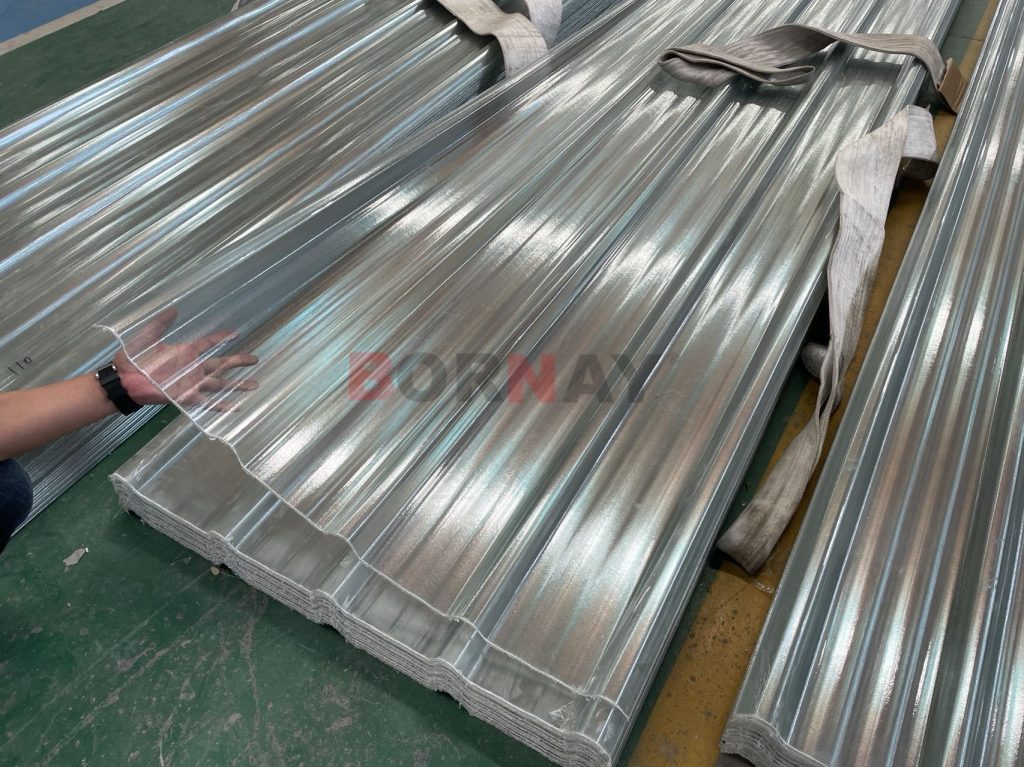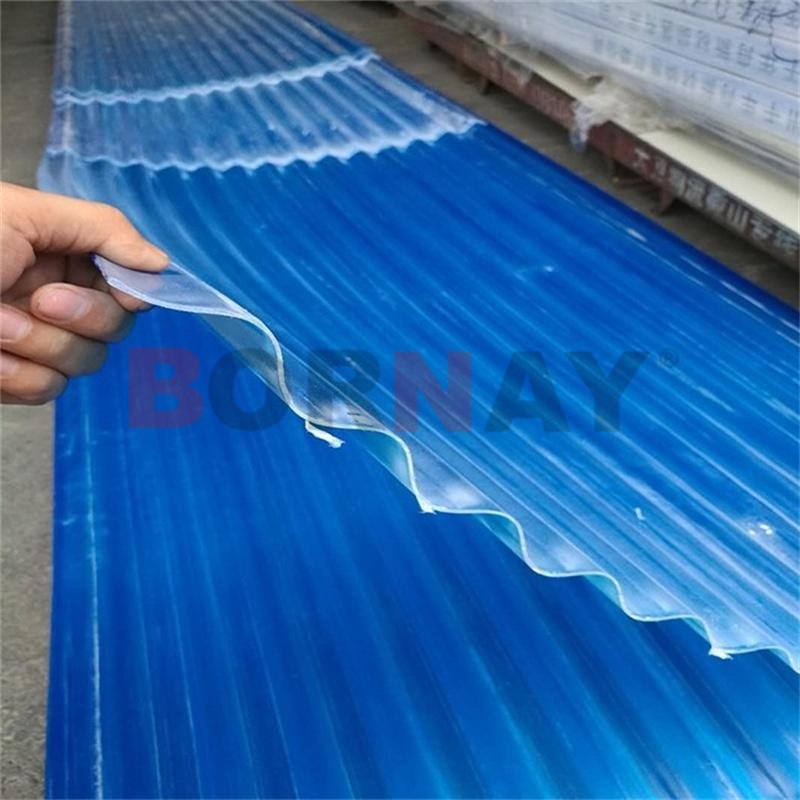Bienvenidos a Langfang-bonai
Know us:Langfang bonai The Development Course of FRP Roof Panels
The evolution of construction materials has been instrumental in shaping the modern architectural landscape. Traditional materials like wood, metal, and concrete have long been the backbone of construction, but as technology advances, new materials are constantly emerging. One such innovation is the development of Fiber-Reinforced Polymer (FRP) roof panels. This article delves into the journey from traditional materials to the cutting-edge FRP roof panels that are revolutionizing roofing systems.

1. Traditional Roofing Materials:
Historically, roofing materials were chosen primarily for their availability, durability, and cost-effectiveness. Wood, thatch, clay tiles, and stone were popular choices across different regions. Later, materials like metal sheets and asphalt shingles gained traction due to their increased longevity and ease of installation. However, these materials often had limitations in terms of weight, maintenance, and resistance to environmental factors.
2. Emergence of Fiber-Reinforced Polymers (FRP):
The development of FRP materials marked a significant milestone in the construction industry. FRP consists of a polymer matrix reinforced with fibers such as glass, carbon, or aramid. This combination results in a material that is exceptionally strong, lightweight, corrosion-resistant, and durable. Initially used in aerospace and automotive industries, FRP found its way into construction due to its outstanding properties.
3. Advantages of FRP Roof Panels:
FRP roof panels offer several advantages over traditional roofing materials:
a. Lightweight: FRP panels are significantly lighter than traditional materials, reducing the load on the supporting structure and simplifying installation.
b. Strength and Durability: The inherent strength of the fiber reinforcement makes FRP panels highly durable, capable of withstanding extreme weather conditions and impacts.
c. Corrosion Resistance: Unlike metal roofing, FRP panels do not corrode, making them ideal for environments with high humidity, salt exposure, or acidic substances.
d. Design Flexibility: FRP panels can be molded into various shapes, allowing architects and designers to explore creative and unconventional roofing designs.
e. Insulation Properties: FRP panels can be engineered with insulation layers, improving energy efficiency and reducing heating and cooling costs.
f. Longevity: With proper maintenance, FRP roof panels have a longer service life compared to many traditional roofing materials.
4. Applications and Case Studies:
FRP roof panels have found applications in a range of structures, from commercial buildings to residential homes. Notable case studies include the installation of FRP panels in sports stadiums, industrial warehouses, and eco-friendly structures. The panels' ability to span large distances without the need for additional support has opened up opportunities for innovative architectural designs.
5. Future Prospects:
As technology continues to advance, the development of FRP roof panels is likely to evolve further. Researchers are exploring ways to enhance fire resistance, UV stability, and acoustic properties of these panels. Additionally, the integration of smart technologies for monitoring structural health and environmental conditions could become a standard feature.

The transition from traditional roofing materials to FRP roof panels reflects the construction industry's continuous pursuit of innovation and improvement. The versatility, strength, and durability of FRP materials have redefined roofing solutions, offering architects and builders a new realm of possibilities for creating safe, functional, and aesthetically pleasing structures. As these materials continue to evolve, they


